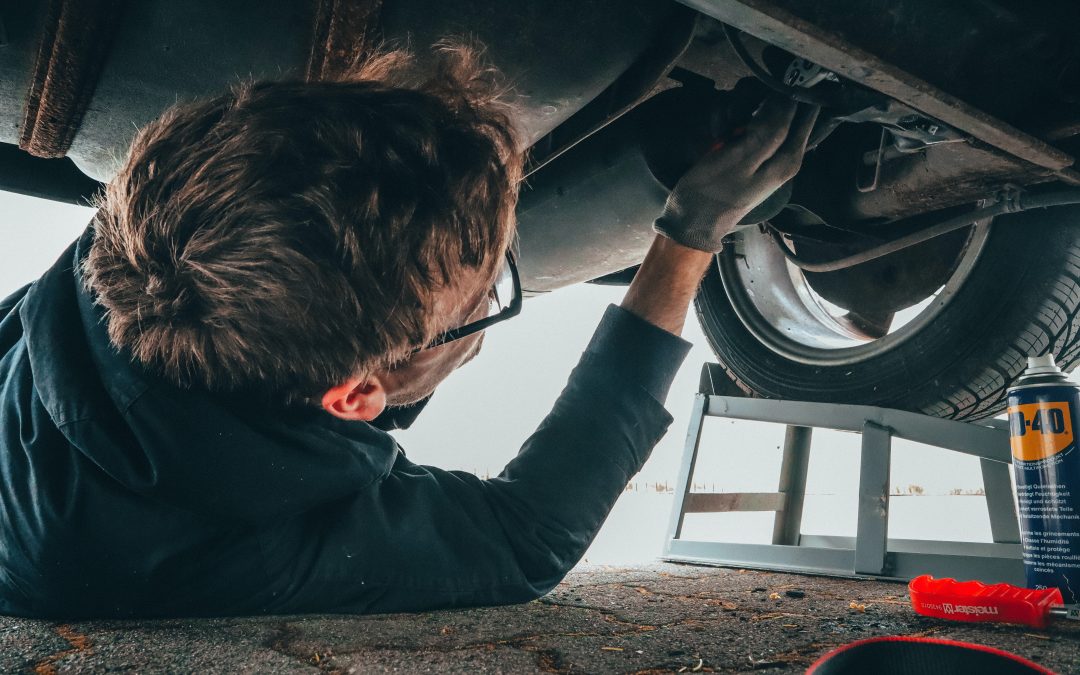So, you’re cruising down the road of responsibility, and suddenly, you encounter the crossroads of car maintenance: the MOT and service. You’ve heard these terms thrown around, but what exactly do they mean, and why should you bother with both? Let’s put the pedal to the metal and demystify these essential aspects of car care.
MOT: Keeping the Wheels Turning Legally
First up, let’s talk about the MOT – the Ministry of Transport test, to be precise. This annual check-up is a legal requirement to ensure your car meets safety and environmental standards set by the government. Picture it as your car’s annual physical, but instead of a stethoscope, it’s a thorough examination by a certified mechanic.
If your car is brand spanking new, you’ll get a pass on the MOT for the first three years (four if you’re in Northern Ireland). But after that, it’s an annual affair. Skipping this crucial test isn’t just risky business – it could land you hefty fines and legal trouble faster than you can say “check engine light.”
Service: Giving Your Ride Some TLC
Now, onto the service – the unsung hero of car maintenance. Unlike the MOT, this isn’t legally required, but it’s just as important for keeping your vehicle in tip-top shape. A service involves routine maintenance and checks performed by a qualified mechanic, sort of like a spa day for your car.
Interim Service
Let’s start with the interim service. This is your car’s quick pit stop, ideal for those who rack up the miles between services or have a high-mileage vehicle. An interim service should be done every 6 months or every 6,000 miles, whichever comes first.
During an interim service, your mechanic will change the engine oil to keep things running smoothly and replace the oil filter to ensure your engine stays clean and healthy. It’s a small investment that pays off big time in the long run, preventing premature wear and tear on vital engine components.
Full Service
For those who prefer the full works, there’s the full service – the ultimate pampering session for your car. This comprehensive service should be carried out every 12 months or every 12,000 miles, providing a thorough check-up to keep your vehicle in peak condition.
In addition to the tasks performed during an interim service, a full service includes extras like air filter changes to ensure your engine breathes easy and stays efficient. It’s the gold standard of car maintenance, leaving no stone unturned in the quest for automotive perfection.
Under the Hood: What Happens During an MOT
During an MOT, your car undergoes a rigorous inspection covering everything from the fuel system to the body structure. Think of it as a thorough health check for your vehicle. Here’s a peek at some of the common checks:
- Fuel system
- Seatbelts
- Steering
- Suspension
- Lights and signals
- Tyres
- Brakes
- Exhaust system
- And much more!
The mechanic will also peek under the bonnet to check fluids and ensure your car isn’t a cluttered mess. Remember, a clean car is a happy car when it comes to MOT time.
Beneath the Bonnet: What Happens During a Service
Now, onto the service. While there are some overlaps with the MOT, a service delves deeper into maintenance. There are two main types: full and interim.
In a full service, your car gets the VIP treatment with changes to engine oil, oil filters, and air filters. It’s like a spa weekend for your vehicle.
For those in a hurry, an interim service offers an engine oil change and oil filter change to keep things running smoothly until your next full service.
Why Both Matter
So, there you have it – the MOT and service, two pillars of responsible car ownership. While they serve different purposes, they’re equally crucial for keeping your car safe, reliable, and legally roadworthy.
Skipping out on either is like driving with one eye closed – sure, you might get away with it for a while, but sooner or later, you’ll hit a bump in the road. So, do yourself and your car a favour – book that MOT and service, and keep cruising with peace of mind. Your vehicle will thank you for it.
